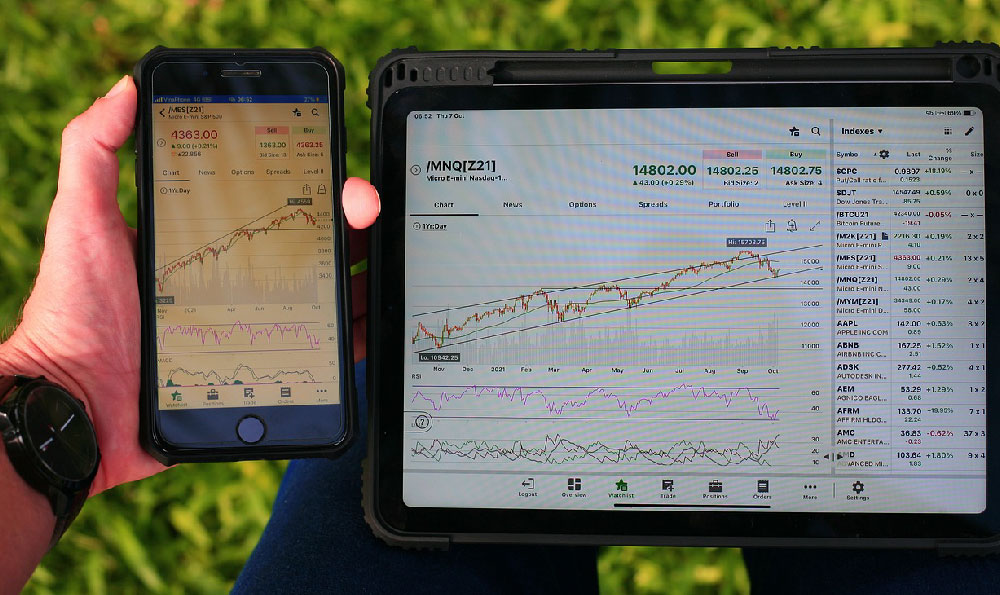Alright, let's delve into the financial ecosystem of auto dealerships. Understanding how these businesses generate revenue is crucial for anyone interacting with them, whether you're a buyer, seller, or investor. The perception that dealers solely profit from the sticker price of a vehicle is a vast oversimplification. In reality, their income streams are diverse and carefully calibrated.
The most obvious, and perhaps the most frequently scrutinized, revenue stream comes from new vehicle sales. While the manufacturer's suggested retail price (MSRP) provides a baseline, dealerships often operate with considerable flexibility. They negotiate prices based on market demand, inventory levels, and even individual customer profiles. The difference between the price they pay the manufacturer (invoice price) and the final selling price constitutes a significant portion of their profit margin. However, it's important to remember that this margin isn't always as large as consumers might imagine. Dealerships often face pressure to meet sales quotas from manufacturers, which can lead to aggressive pricing strategies and lower profits on individual vehicles. Furthermore, advertising and marketing costs associated with attracting customers to the showroom eat into those profits. The profit made on a new car can also be strategically reduced to incentivize sales in other, more lucrative areas. Think of it as a loss leader strategy in a larger retail context.
Beyond new vehicles, used vehicle sales are a crucial source of revenue. The dynamics here are quite different. Dealerships acquire used cars through trade-ins, auctions, and direct purchases. The profit potential lies in their ability to accurately assess the value of these vehicles, perform necessary repairs and reconditioning, and then sell them at a higher price. The used car market is often less predictable than the new car market, and successful dealerships possess keen negotiation skills and an intimate understanding of local demand. Furthermore, the profit margins on used cars can often be higher than those on new cars because there's more flexibility in setting the price. Unlike new cars with MSRP, the price of a used car is largely determined by market conditions and the perceived value of the vehicle. Successfully managing used car inventory is vital for a dealership's financial health.

Arguably the most consistent and reliable revenue source for dealerships is their service and parts departments. This is where the long-term relationship with the customer truly pays off. Routine maintenance, repairs, warranty work, and the sale of replacement parts generate a steady stream of income. The margins on parts and labor can be substantial, often exceeding those from vehicle sales. Dealerships invest heavily in trained technicians, specialized equipment, and maintaining a comprehensive parts inventory. These investments are justified by the consistent demand for automotive services. Moreover, service departments often act as a retention tool, encouraging customers to return to the dealership for future vehicle purchases. Building trust and providing excellent service are paramount to maintaining a loyal customer base for the service department.
Another significant revenue driver often overlooked is financing and insurance (F&I). When customers finance their vehicle purchase through the dealership, the dealership earns a commission from the lender. Similarly, they earn commissions from selling various insurance products, such as extended warranties, gap insurance (which covers the difference between the car's value and the amount owed on the loan if it's totaled), and credit life insurance. The F&I department is a highly specialized area within the dealership, requiring expertise in lending practices, insurance regulations, and salesmanship. While these products can provide genuine value to customers, they are also a significant profit center for dealerships. Transparency and ethical sales practices are crucial in this area to maintain customer trust and avoid regulatory scrutiny.
Dealerships also generate revenue from vehicle trade-ins. While trade-ins contribute to their used car inventory, the real profit potential lies in their ability to acquire vehicles at a lower price than their market value. Skilled appraisers can identify potential mechanical issues or cosmetic flaws that might not be immediately apparent to the customer, allowing the dealership to offer a lower trade-in value. This difference between the offered price and the vehicle's true value contributes to the dealership's overall profitability.
In addition to these primary sources, some dealerships generate revenue from body shops, offering collision repair services. These services can be extremely profitable, especially when dealing with insurance claims. However, operating a body shop requires significant investment in specialized equipment and skilled technicians.
Finally, some dealerships participate in factory-sponsored incentives and rebates. Manufacturers often offer bonuses to dealerships that meet specific sales targets or achieve high customer satisfaction scores. These incentives can provide a significant boost to a dealership's bottom line.
In conclusion, the financial model of an auto dealership is far more intricate than it appears at first glance. It's a complex ecosystem that relies on a combination of new and used vehicle sales, service and parts revenue, financing and insurance commissions, shrewd trade-in practices, and supplementary income streams. Understanding these various revenue streams is crucial for both consumers and investors alike. For consumers, it provides a better understanding of the negotiating process and the value of different dealership services. For investors, it offers insights into the financial health and long-term viability of auto dealerships. The most successful dealerships are those that can effectively manage all of these revenue streams, prioritize customer satisfaction, and adapt to the ever-changing automotive market.












